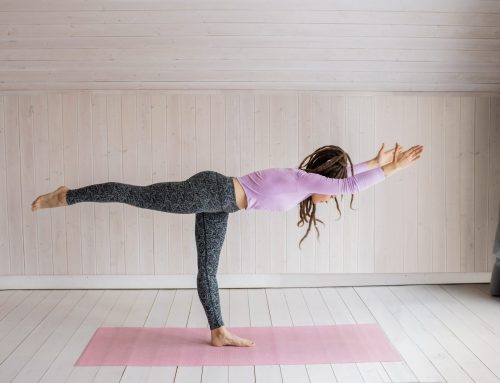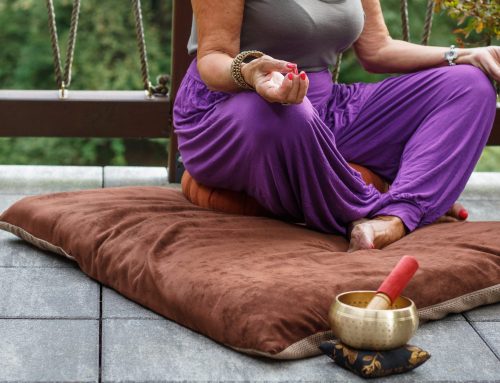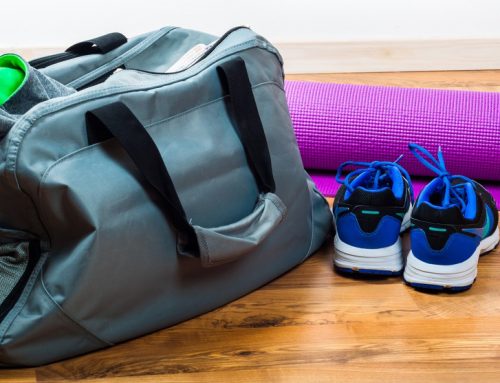By now, you’re probably aware of what yoga is and most of its benefits. Apart from keeping you fit and relaxed, this ancient practice of connecting mind and body is a common way of fighting stress and finding serenity. It’s also known to help improve flexibility, build strength, and increase muscle tone, among other benefits.
As it becomes part of life for most westerners, other unexpected benefits of this exercise are emerging. In this post, we’re sharing 5 surprising benefits of yoga that come as a bonus if you lead a yoga lifestyle.
Lesser Known Benefits of Yoga You Should Know
It’s a Fun Way to Fight Hangover
If you had one too many the previous evening, you’d probably be looking for ways to get over the hangover hump the following day. Don’t bother reaching for acetaminophen, as it doesn’t go well with alcohol. Neither will coffee and other caffeine-based beverages help with the morning-after misery. But yoga will.
Yoga works as a hangover cure by resetting your hormones, which are left unbalanced by alcohol. Its therapeutic nature helps reduce cortisol levels while boosting the production of serotonin, oxytocin, and dopamine (a.k.a the feel-good hormone).
Yoga poses that help cure hangovers include balasana, savasana (corpse pose), and cat-cow. These are easy yoga asanas that can even be performed by novice yogis and yoginis. Upavistha konasana is another cool pose for dealing with hangover migraines and stiff back muscles.
Complements Drug Addiction Treatments
Most private rehabilitation centers today are increasingly using yoga as an adjunct to breaking the cycle of drug addiction. Yoga can complement other substance abuse treatment approaches because of its physical, emotional, social, and spiritual aspects.
Switching to a substance-free life means giving up a chemical-safe haven. As a recovering addict, this isn’t always easy due to the existing disconnection between your mind and body. But yoga creates moments of self-inquiry, ultimately attuning you to your body.
Most recovering addicts from their first yoga class often say they feel new, alive, and convinced that everything will be okay. That’s because as you sit on that mat with your breath and movements synchronized, you get to ask and truthfully answer questions you wouldn’t have asked yourself prior.
As a physical exercise, yoga may also help improve your self-image, encouraging you to keep fighting. Moreover, most rehab centers with yoga discourage their students from substance abuse as it may interfere with the mind-body connection and energy centers.
May Help Manage Breast Cancer
Research suggests that breast cancer patients have improved life quality after supplementing medical treatment with yoga.
A study by The University of Texas MD Anderson Cancer Centre placed 191 breast cancer women into three groups: yoga, simple stretches, and no classes. The participants in the first two groups attended one-hour classes designed for breast cancer patients three days a week for six weeks during radiation.
The researchers found that the women who participated in yoga and simple stretches were less fatigued than the no-classes group. Not surprisingly, the participants in the yoga group reported less fatigue. A swab test also revealed that the women who participated in yoga had significantly lower cortisol (stress hormone) levels. Another important finding was that the yoga group was inclined to find meaning amidst suffering.
Yoga benefits for breast cancer patients include;
- Lower stress levels
- Improved emotional wellbeing
- Reduction in cancer-related pain and fatigue
- Finding meaning in the illness experience
You Get a Stronger Immune System
There’s more to yoga than just burning calories and toning your muscles. As most yogis would tell you, asanas, mudras, and meditation are all your body requires to function optimally. Yoga is everything, and that includes being a natural support for your immune system.
One way yoga boosts immunity is by tackling psychological stress. It’s no secret that disease-causing microbes strike when the body is down due to bad stress or distress. Prolonged stress lowers immunity by decreasing the body’s lymphocytes and increasing chronic inflammation. Left untreated, chronic inflammation damages healthy cells and tissues, putting you at risk of diseases like cancer, Alzheimer’s, heart disease, diabetes, and asthma.
A study on the benefits of yoga on the immune system showed a decrease in pro-inflammatory markers. While the research is still young, experts now recommend yoga as a complementary intervention for managing inflammatory diseases.
The other way yoga can boost your body’s immunity is by strengthening various vital organs. Yogic postures gently massage and relax your organs and glands while increasing oxygen levels for optimal performance.
Helps Ease Social Anxiety
It’s normal and common to feel like you sometimes don’t want to socialize and be with people. However, social anxiety disorder (characterized by extreme self-consciousness and intense fear of being judged) requires intervention.
Yoga alone isn’t a magic pill for anxiety, but it can complement different treatment plans in various ways. First, practicing yoga stimulates the vagus nerve. The vagus nerve modulates the parasympathetic nervous system, which regulates your rest-and-digest responses. In other words, the vagus nerve counteracts the fight/flight system by triggering a relaxation response.
The second way yoga helps you beat anxiety is by teaching your mind to follow instructions. Sadhguru- one of the top Indian yogi gurus- says that anxiety arises when your physiological and psychological patterns aren’t taking instructions from you.
To this, he adds that beating anxiety is all about understanding and respecting the possibilities of who you are. And you don’t need those nearly impossible yoga postures to achieve this. Just a simple exercise like sadhana is a good starting point to unite your body and mind.
Conclusion
Whether you’re doing yoga for overall well-being, aiding your recovery journey, or easing social anxiety, it all starts with a yogic attitude. Relax and pay attention to every stretch while trying to link it with ujjayi breaths (long, deep breaths). Most importantly, respect your body’s limits and don’t try to push too hard. This is when you realize the true beauty of yoga asanas.







